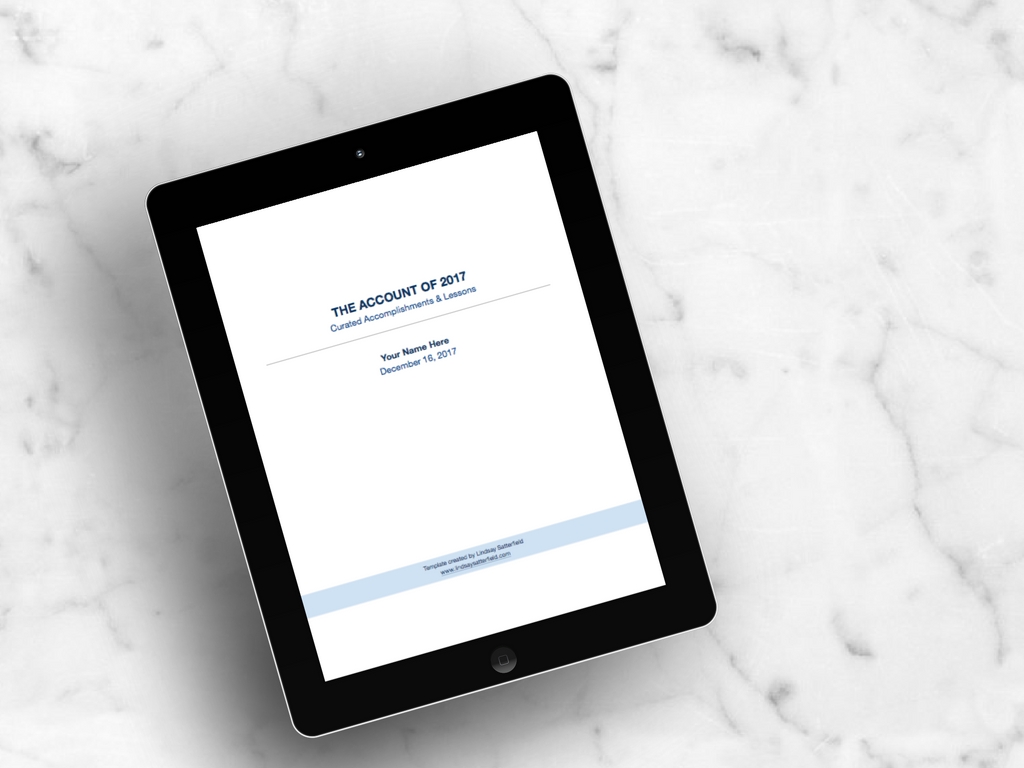It's true: what you measure matters.
For starters, measuring something means you're paying attention to it. That alone is a big deal when you consider the daily deluge of information coming your way. When you measure something, you're singling it out. You're focusing on it. You're elevating it above the rest. You're giving that bit of information prominence and priority. You're saying it matters more.
So, it stands to reason that people should measure the results they most want.
Want to lose a few pounds? Measure your weight.
Want to increase revenue? Measure sales.
Want to save money? Measure expenditures.
Want to become a more prolific writer? Measure the number of words you write. Or chapters you finish. Or papers you publish.
Want to provide your customers with great service? Measure their satisfaction.
Unfortunately, there's a sneaky flaw in this measurement method. It puts your attention on the wrong thing: the result. And there's nothing you can do about a result. It is what it is. It's a done deal.
Ironically, in an effort to make a result matter more by measuring it, you perpetuate powerlessness.
The measurement will make you either pleased or disappointed. Happy or sad. Proud or ashamed. Excited or frustrated. But this measurement will not position you, prime you, or empower you to achieve the result you're after.
Why? Because you're looking in the rear view mirror. Your eyes aren't on the road.
And while it's useful to see what happened, that kind of measurement is retrospective. It's a "lag measure." You're measuring something after the fact. Fait accompli. Que sera, sera.
If you want what you measure to matter, then measure the action that's most likely to lead to the result you want, or what is known as a "lead measure." Lead measures put you back in the driver's seat. You're measuring the action that matters most in achieving the result you want.
Consider productive habits, like exercise, or meditation, or flossing. These are lead measures. You've assessed that when you do that action repeatedly over time (habit), you have a high likelihood to achieve a particular outcome you want.
I'm a member of a women's entrepreneur group called Women Who Wow, led by (awesome) business coach Michelle Pippin. She's a passionate and persistent advocate for "daily selling" - doing sales-related tasks each day. Why? Because it leads to an easy, inevitable flow of revenue. Daily selling is a lead measure. The more days that you engage in simple selling tasks, the greater likelihood in growing revenue. Make it a daily habit and watch your earnings rise.
While this may sound like common sense, it's often overlooked. It's easy to get fixated counting money going up or down. But you do this at a cost. You relinquish your agency to do something about it.
It's easy to watch your weight going up or down. But that measure has no power over the scale.
Yes, lag measures have their place. They are important. They help you determine if you're on track and making progress. Lag measures also help you verify the efficacy of the actions you're taking (i.e., are your lead measures really leading you there?)
Lag measures are easy to fall back on because they're obvious. Lead measures, on the other hand, take a little ingenuity. Basically, you're taking the result you want and re-engineering the path to get there. What action or actions, the more you do over time, increase the likelihood of achieving the result you want? The more I do x (action), the more likely I'll achieve y (result).
To qualify as a lead measure, it must be predictive (likely to lead you to your goal) and something you have control over (i.e., you have control whether or not you do it).
Let's put this into action...
The Result (LAG MEASURE)
Start by identifying the result you're after, the goal you want to achieve. Ask yourself: What is one thing I want to accomplish, attain, maintain, improve, etc.?
This is your destination. This is your lag measure.
THE ActioN (LEAD MEASURE)
Once you identify the result you want, ask yourself: What action or actions that, the more I do consistently (e.g., daily, weekly), the more likely I am to achieve this result?
This is how you will get to your destination. This is your lead measure.
(You may need to start by brainstorming a list and then selecting the action or actions that you determine have the greatest leverage and efficacy in getting you to your destination.)
For example,
Want to lose weight? Then, measure the number of days you stay within a specific calorie count. Or, measure the number of days you exercise for 30 minutes.
Want to make progress on that strategic work you're not getting to? Measure the number of days you block out time on your schedule for that work - and then follow through.
Want get a new job? Measure the number of resumes you send out each day.
Want to have money for a down payment on a home? Measure the number of paychecks you set aside a percentage of your earnings.
Want to be less stressed? Measure the number of days that you meditate, or exercise, or leave work on time.
Want to write a book? Measure the number of days you show up to write.
Want to run a marathon? Measure the number of days and the distance you run.
Apparently, comedian Jerry Seinfeld knows about the power of lead measures.
Years ago, when the sitcom Seinfeld had just started, software developer Brad Isaac met Jerry Seinfeld at a comedy club in New York. Isaac recounted his interaction with Seinfeld to Productivity Hacker.
He asked Seinfeld if he had any advice for a budding comedian. Seinfeld said that the way to be a better comedian is to write better jokes. And the way to write better jokes is to write every day. And then he gave Isaac his technique: He has a big wall calendar that includes the entire year. Every day that he writes he uses a red pen and marks a big "X" over the day. "After a few days you'll have a chain. Just keep at it and the chain will grow longer every day. You'll like seeing that chain, especially when you get a few weeks under your belt. Your only job next is to not break the chain.... Don't break the chain."
Don't break the chain. Seinfeld understands the power of lead measures. And what makes his lead measure work is that he makes it visible. He posts one simple lead measure - days writing - and this motivates him.
In the book The 4 Disciplines of Execution: Achieving Your Wildly Important Goals, the authors speak of the importance of tracking lead measures, of keeping score:
People play differently when they are keeping score... They truly understand the connection between their performance and reaching their goal, and this changes the level at which they play.... They now want to win.
Years later, in an interview for NBC Nightly News, Seinfeld said:
If you’re more interested in what you have achieved or what your financial position enables you to do than that thing that got those things, then you’re screwed.
If you're serious about achieving your goals, then lead measures are no joking matter.
What you measure matters.
Process matters. Action matters. Consistency matters. Measure that - because that is where your unparalleled power is.
Focus your attention on those efforts that will automatically deliver your goal to your door. Measure it. Then achieving your goals won't be hope or happenstance. You won't be measuring yourself against the unchangeable past. You'll be taking the lead and fashioning the future you want day by day.
So, what do you want? And what will be your lead measure?
Hey, you! Are you a go-getter, do-gooder, mover, shaker, or a candlestick maker?
Then, by all means, come join Productivity Power, a private Facebook Group focused on the art of accomplishment, the craft of productive work, the technique of creating the life you want. Join your crowd over at the Productivity Power Facebook Group.





















